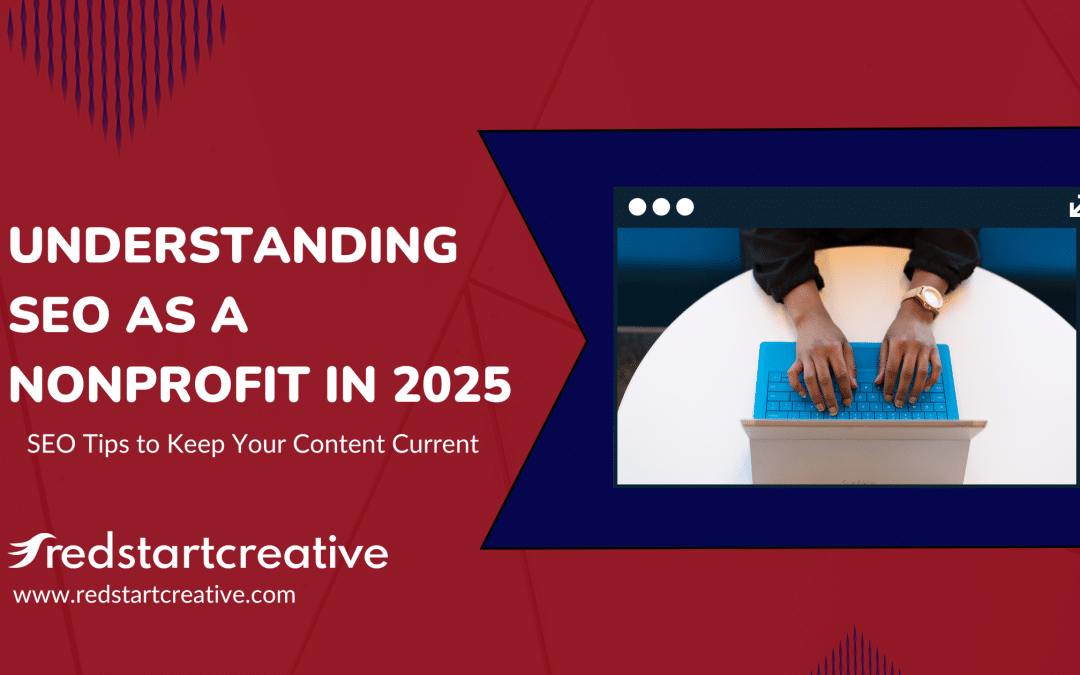Your website is a fundamental part of your digital marketing strategy. A well-done website tells people about your organization, what you do, and what resources you have to offer. But when they get to your site, what’s keeping them there? Or better yet, what’s keeping them coming back? These are all questions that should be driving your website user engagement strategy.
Understanding what is currently engaging your website users is a great first step to increasing website engagement. Think of it this way: if you owned a store and someone simply walked in, looked around for a few seconds, and then walked back out, that’s not a great sign. Maybe your merchandise is stale. Maybe it’s too expensive. Maybe it’s too cluttered. It’s the same principle when it comes to your website.
To help keep your users engaged when visiting your website, we’ve put together a checklist to measure your site against:
Is your website easy to access? Just like people, first impressions matter. And when it comes to web design, there’s a number of factors to consider.
- How quickly does the site load? According to a study conducted by Google in 2018, the probability of a user bouncing if a site takes more than three seconds to load is 32%. It’s safe to assume that number hasn’t changed much in this era of instant gratification.
- How easy is it for people to find what they’re looking for? If your site feels clunky and disorganized, chances are you’re making the user work to find information. If they can find the same information faster elsewhere, what’s enticing them to stay? A functionally designed website takes into account navigation and layout to encourage a user to keep browsing.
- Are considerations made for individuals with vision, hearing, or learning disabilities? By that, we mean would someone with a visual impairment be able to glean understanding from your website through a screen reader? Are you factoring in text sizes and color contrast? Are videos captioned for those who are hard of hearing or deaf? Your site’s primary goal is to inform and engage. If a user can’t interact with your site, they’re going to roll off to another site that’s more accessible. Here are some ways you can make your site more accessible and inclusive.
- Can it be viewed on a mobile device? If someone has to pinch and zoom to read content in this day and age, they’re less likely to dive deeper into your site to see what else there is.
First impressions determine whether or not a person will stick around or bounce. The more people who stick around, the better your site’s performance. Next comes how long they stick around, and that’s where the content itself comes in.
By content, we mean images, videos, and text. It also means the voice of the website. Is it friendly and informative? Is it academic and dense? Is it quirky and teasing? If your content is relevant, engaging, and encourages people to keep learning, your website user engagement will reflect that. A good rule to put into practice is to regularly evaluate your website’s content. Coming back to it every so often will give you a fresh set of eyes and allow you to consider the tone of the site, the content used, and an objective perspective as to whether your site is engaging.
These are just a few suggestions on how you can improve your website user engagement — there’s a whole field dedicated to user experience and engagement! Fortunately, our experts at Redstart are well-versed in creating beautiful, accessible designs with engaging content that encourages users to interact with your site again and again. We’d be delighted to talk to you about how we can help you increase your website user engagement.



